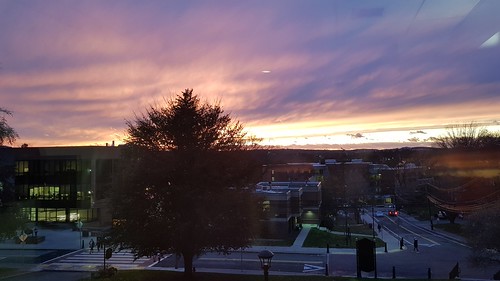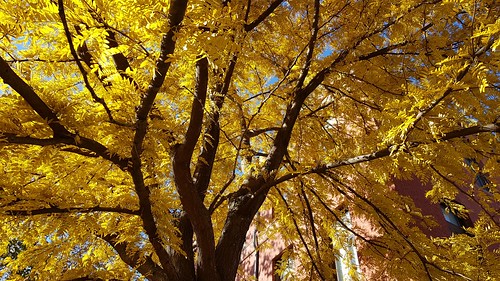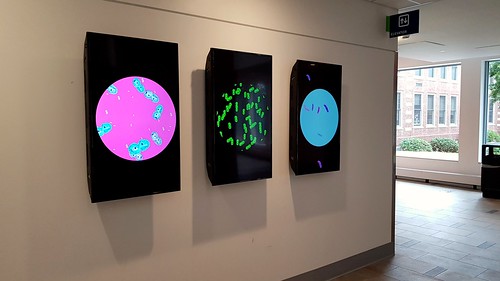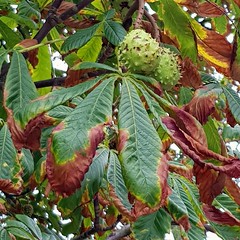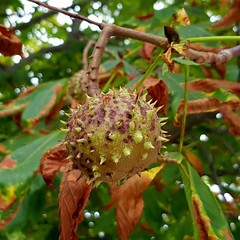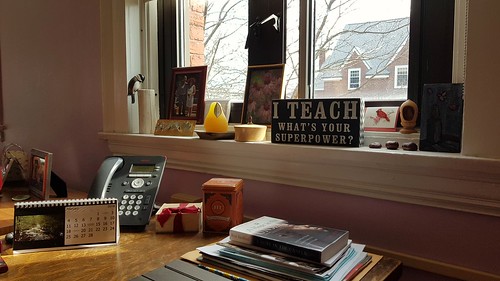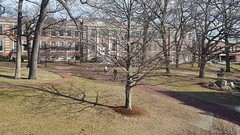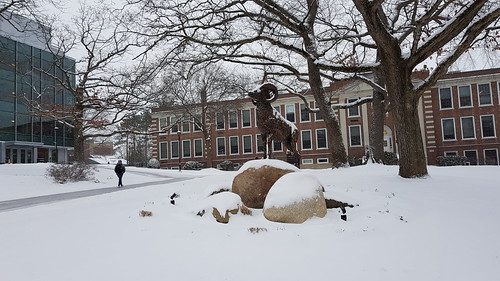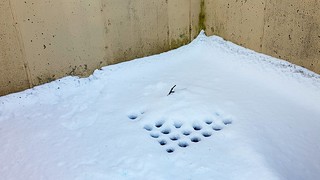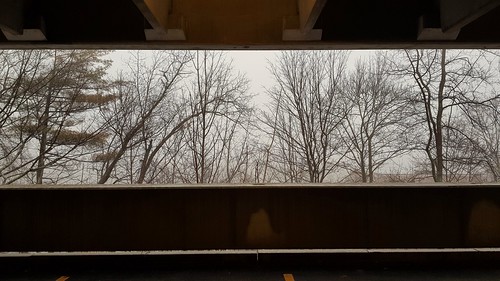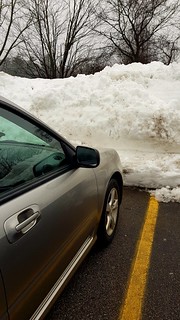This semester, after teaching first-year writing at Framingham State since 2012, I am complementing my usual teaching with studio tutoring, meeting with several small cohorts of students from someone else’s Comp I class to help them write and revise their assignments.
Teaching writing to your own students is completely different from tutoring for someone else’s class. My tutoring students are working on essays I didn’t assign and I won’t grade. I don’t have to prepare lessons: I just show up for my studio sessions and ask “What are you working on today?”
So far, I’m loving the different set of teaching muscles that tutoring flexes. When you’re not responsible for grading students, you can focus simply on helping them improve the draft they currently have. You focus on the steps they can take right now to make this draft better rather than comparing that draft with an idealized “A paper” in your head.
Since you’re the student’s tutor, not instructor, you’re also free to help them work on anything they bring you, not just Comp I assignments. Last week I gave several tutoring students some pointers on how to read a journal article for a chemistry class, and I helped another student brainstorm and start drafting a movie review for a 100-level literature class.
When you teach, it’s your job to set and stick to an agenda, keeping students on topic in order to “cover the material.” But in a tutoring session, there is no agenda to enforce and no material to cover. Instead, you try to help students with anything they are working on, even if “all” they need is to talk to a professor who isn’t theirs.



